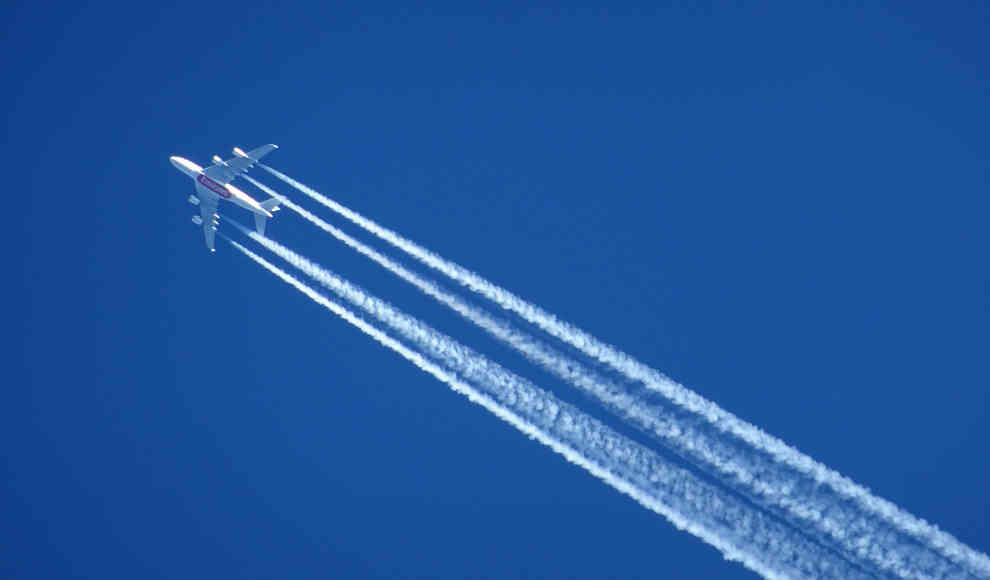The increasing air traffic is expected to triple the radiation effect caused by contrails by 2050, according to a study by the German Aerospace Center (DLR). While the impact on climate change is surprisingly low, this result is controversial among scientists. Contrails, the clouds formed by water vapor from airplane exhaust, are known to affect the planet’s radiation balance, contributing to global warming. The DLR scientists investigated the expected climate effects of contrails in the next thirty years. The study, published in the Atmospheric Chemistry and Physics journal, found that the radiation effect would triple by 2050 due to soot and other particles emitted by burning kerosene in airplane engines. These particles act as nuclei for water molecules to form ice crystals, which can lead to the formation of cirrus clouds that reflect heat back to the Earth’s surface, contributing to global warming.
The researchers used a global atmospheric model to simulate the effects of contrails on radiation balance and resulting temperature changes on the ground under moderate and drastic warming scenarios. They found that the projected fourfold increase in air traffic from 2006 to 2050 would trigger a threefold increase in the radiation effect caused by cirrus clouds, from 49 mW per square meter to 159 mW per square meter. The distribution of the effect is concentrated in North America and Europe, where air traffic is the highest. However, the increasing average altitude of airplanes in the coming years could reduce the formation of contrails in moderate latitudes due to lower humidity, leading to a 48% reduction in radiation effect in Europe by 2050. In contrast, higher altitudes could favor the formation of cirrus clouds in areas with higher humidity, such as Asia.
The scientists believe that the effects of contrails on radiation balance in different regions would largely offset each other, resulting in little impact on global climate change. However, there is no consensus among scientists on how the increasing radiation effect caused by contrails would affect global warming, as it depends on the balance between the warming effect of cirrus clouds and their cooling effect by reflecting sunlight. Technical innovations that reduce fuel consumption and particle emissions from airplanes could help reduce the radiation effect of contrails. Halving the released particles could lead to a 14% reduction in radiation effect by 2050.










